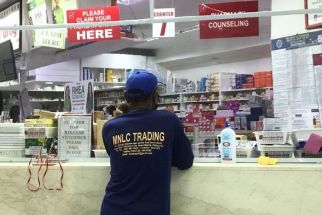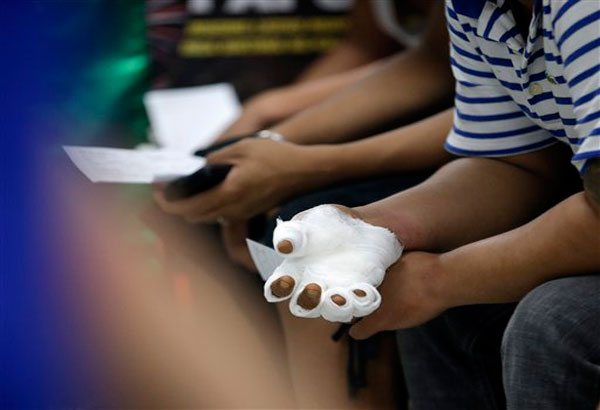Korean visitors declining
For years South Koreans have flooded into the Philippines, finding it one of the cheapest places in Southeast Asia for recreation, study and investment.
From Baguio City in the north of this sprawling archipelago to Davao in the south and all major cities in between, distinctive communities have risen with Korean restaurants, grocery stores, beauty parlors, hotels, resorts and bars.
Even Korean television dramas have become popular among Filipinos, having first been dubbed into the local language.
An estimated 75,000 Koreans now study in the Philippines, mainly learning English. It has also become a popular destination for retirees seeking year-round warm weather, cheap golf courses and apartments to live in.
South Koreans make up the largest number of tourists visiting the Philippines with 660,000 arrivals last year, roughly 20 percent of the year’s total.
Yet the number of Koreans visiting is in decline. In the first 10 months of this year South Korean arrivals totaled 522,410 or 19.77 percent of the total, down 1.34 percent on the same period last year.
“I expect there will be some drop in tourism numbers and some investments may be put on hold but I don’t see it lasting,” said Jae Jang, president of the Korean Chamber of Commerce Philippines.
But the economic crisis is tightening its grip. While Korean firm Grand Utopia Inc. said recently it will go ahead with a 120-million-dollar resort and casino complex at the former US naval base at Subic Bay north of Manila, other projects are being put on ice.
Plans by shipbuilder Hanjin to develop a two-billion-dollar shipyard in the port of Cagayan de Oro in Mindanao island are now on hold.
In 2005 Hanjin built the world’s fourth largest shipyard in Subic Bay and today employs 18,000 people. The shipbuilder has not commented on what impact the global downturn in shipping has had on the yard’s order book.
A recent report by local television station ABS-CBN, meanwhile, said Baguio has seen its Korean population fall dramatically to 4,000 this year from 10,000 in 2007 due to the financial crisis.
Baguio, with its dozens of language schools, has been a popular draw for Korean students for more than 15 years.
“The Philippines is popular among middle-class Koreans because it is close to Korea, about three hours by plane, and is cheap,” Jang said.
- Latest
- Trending
































